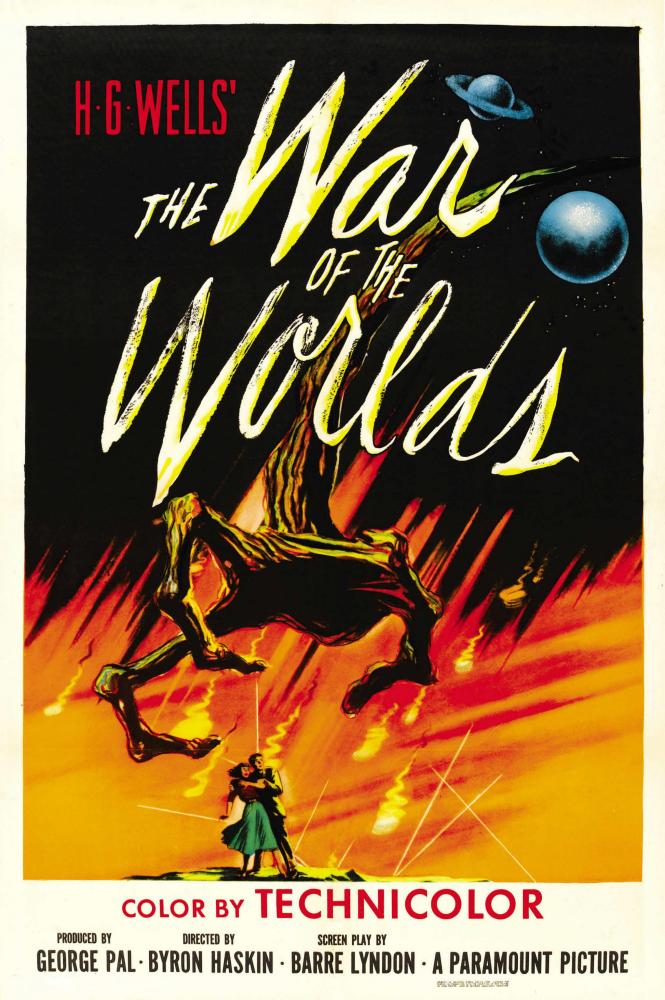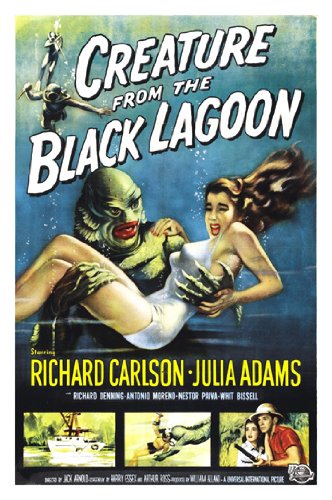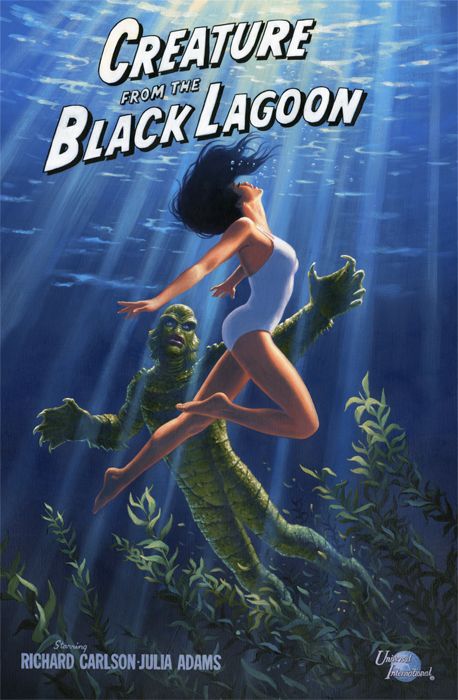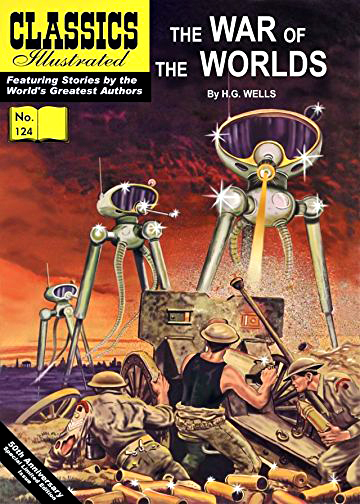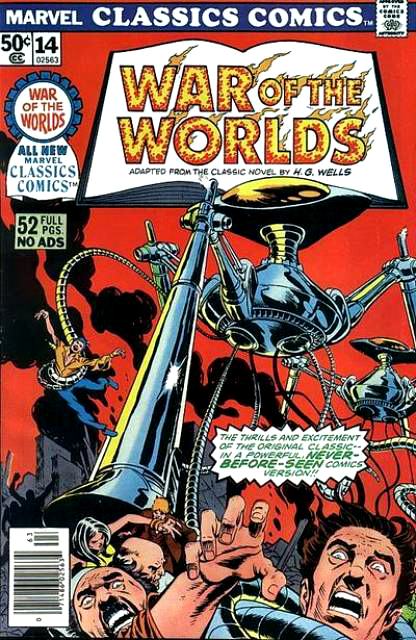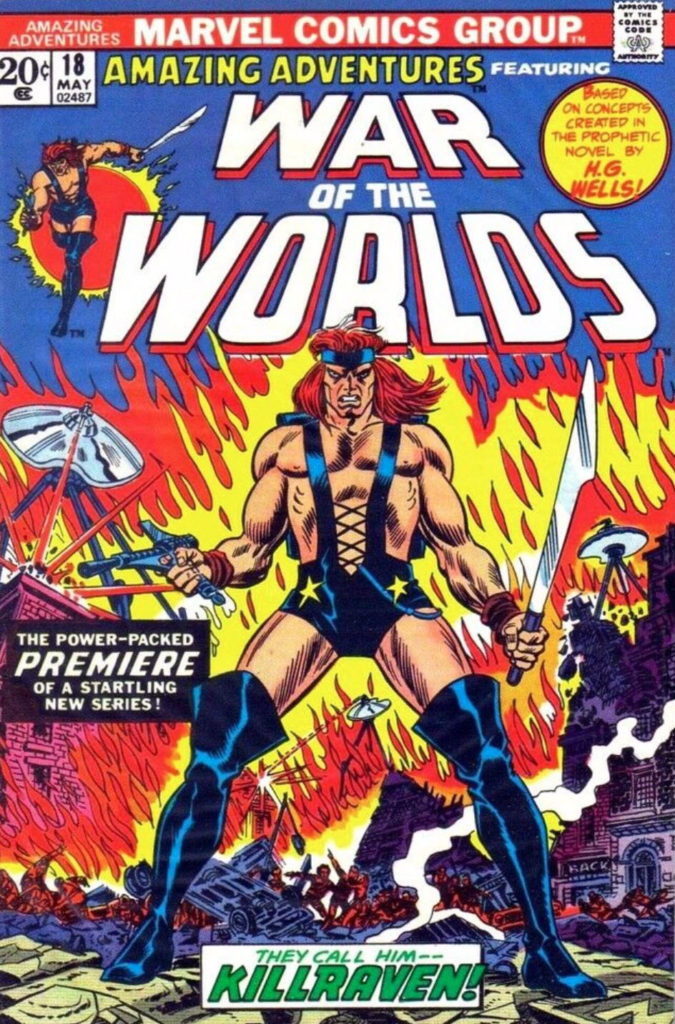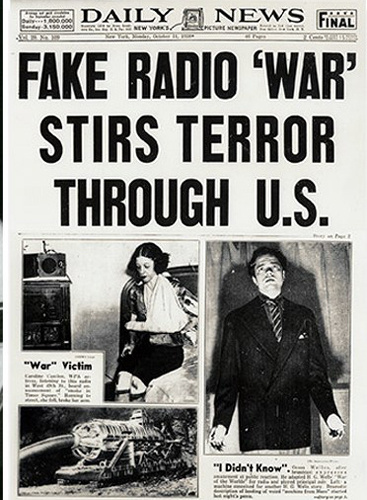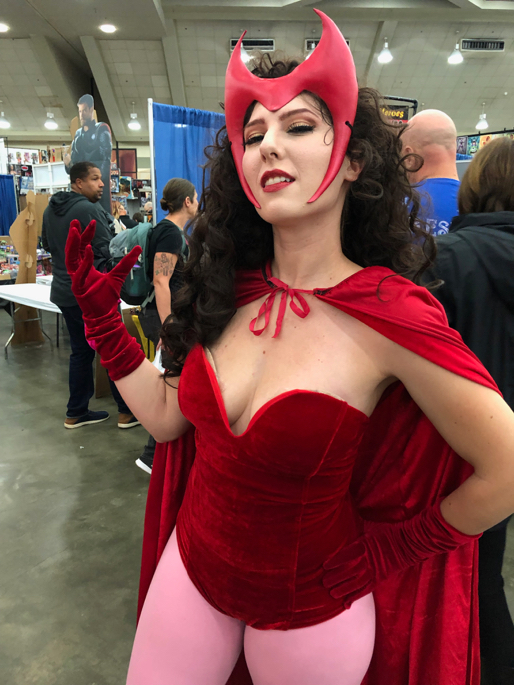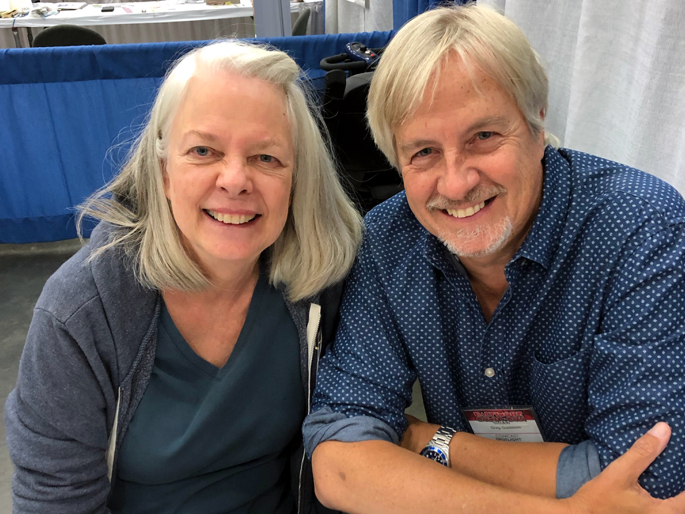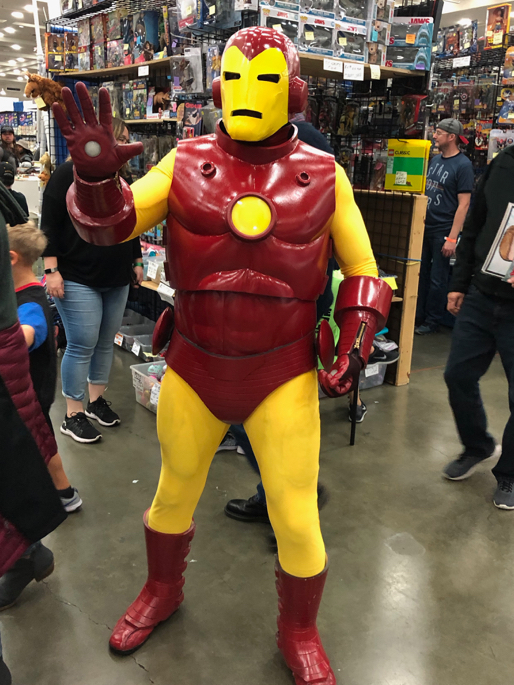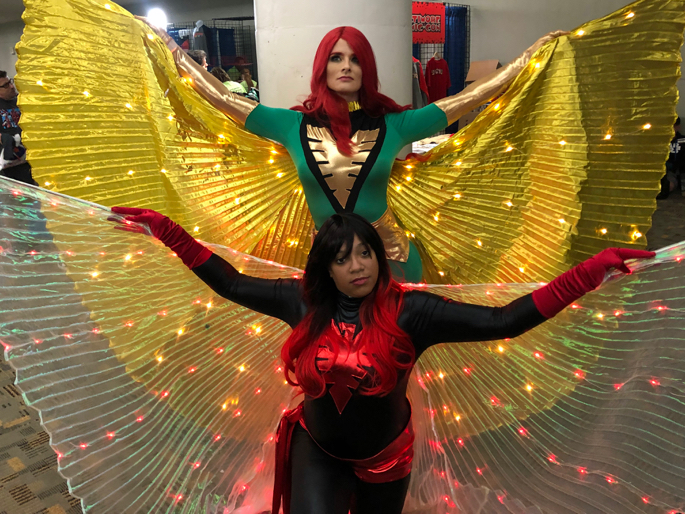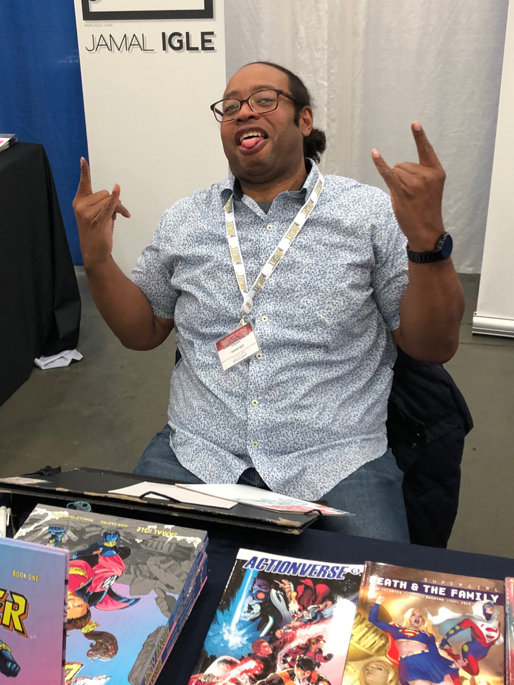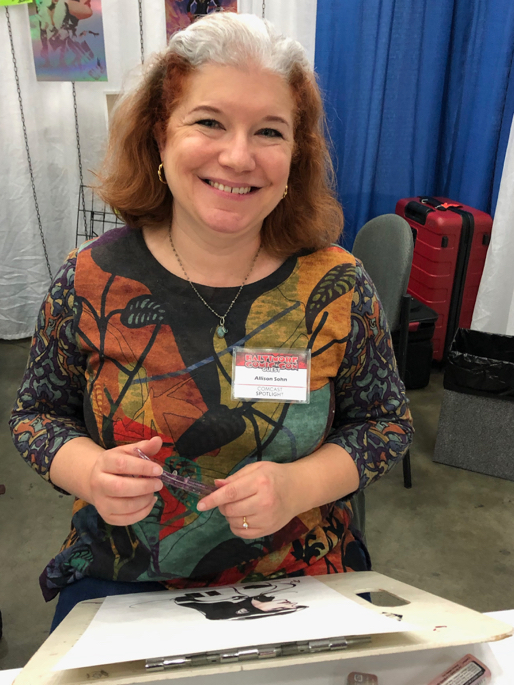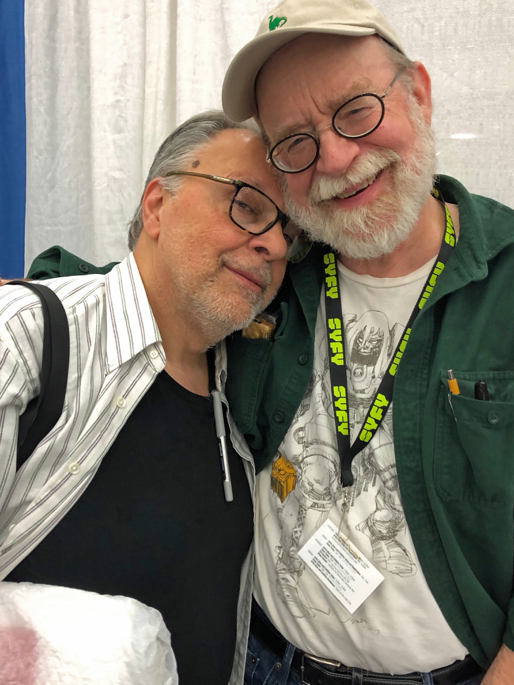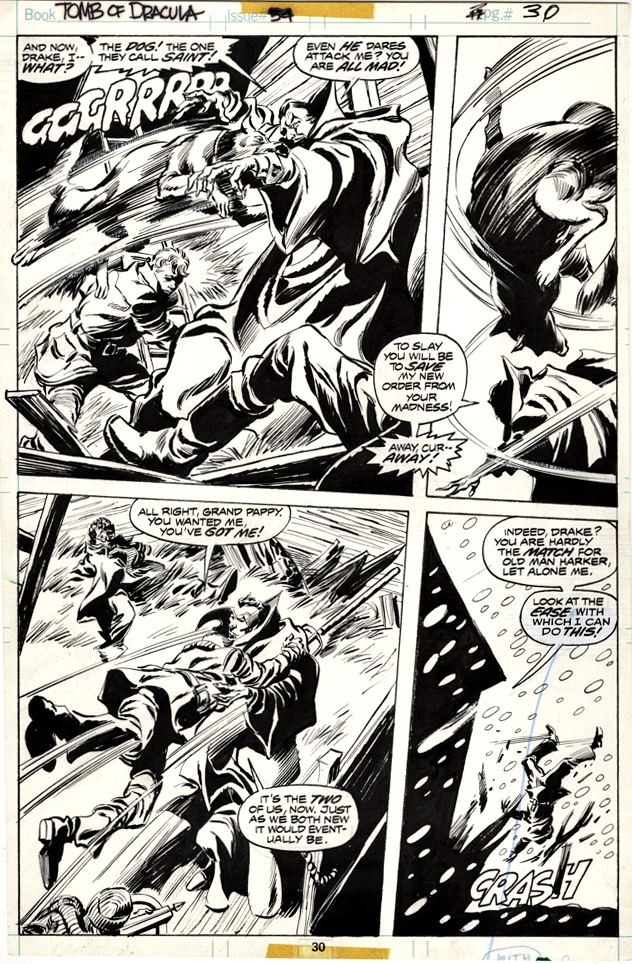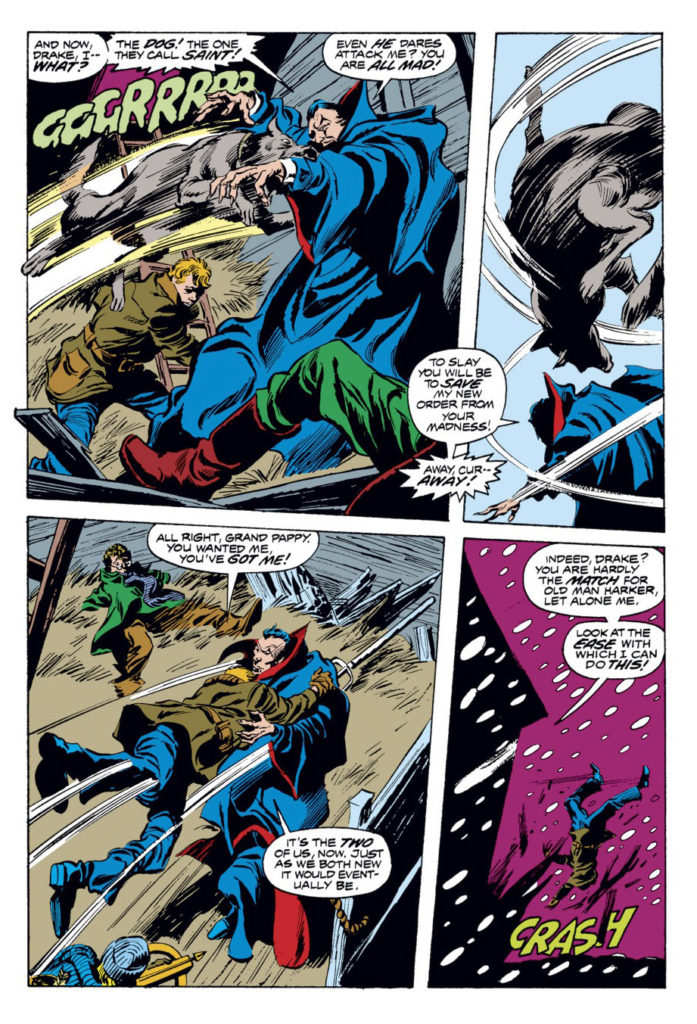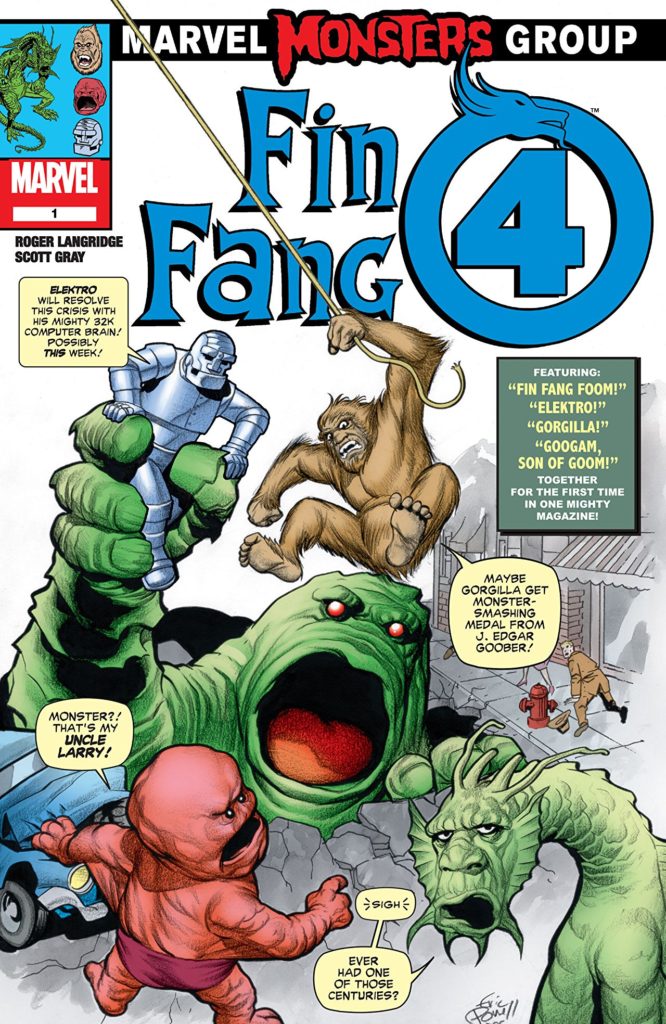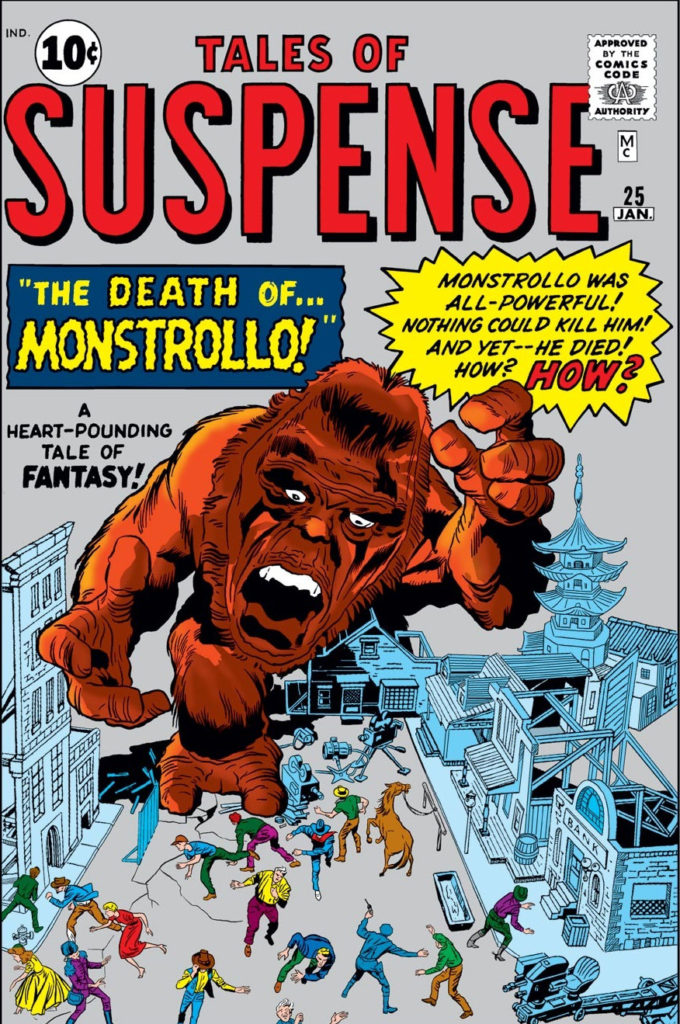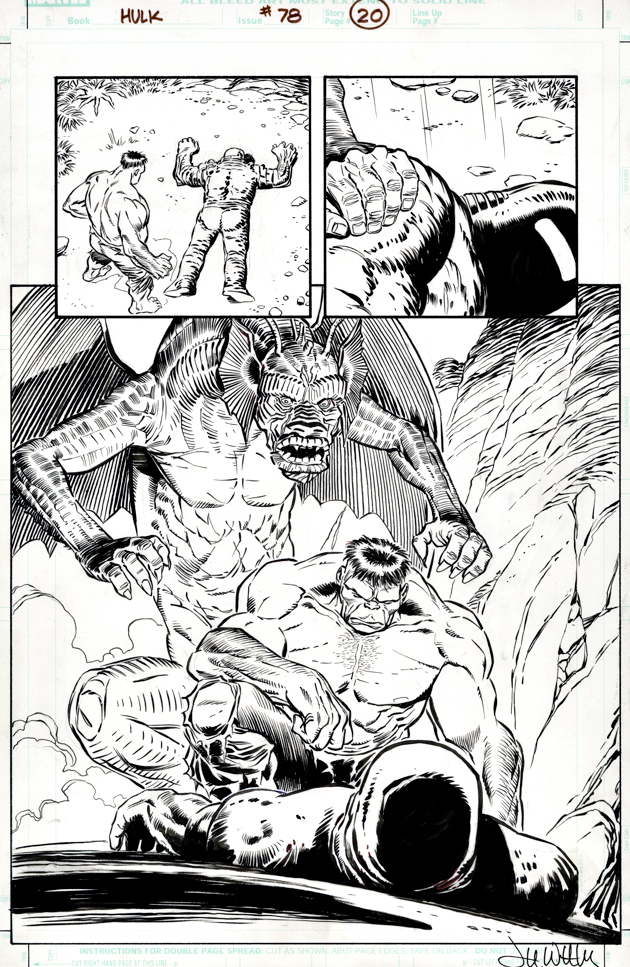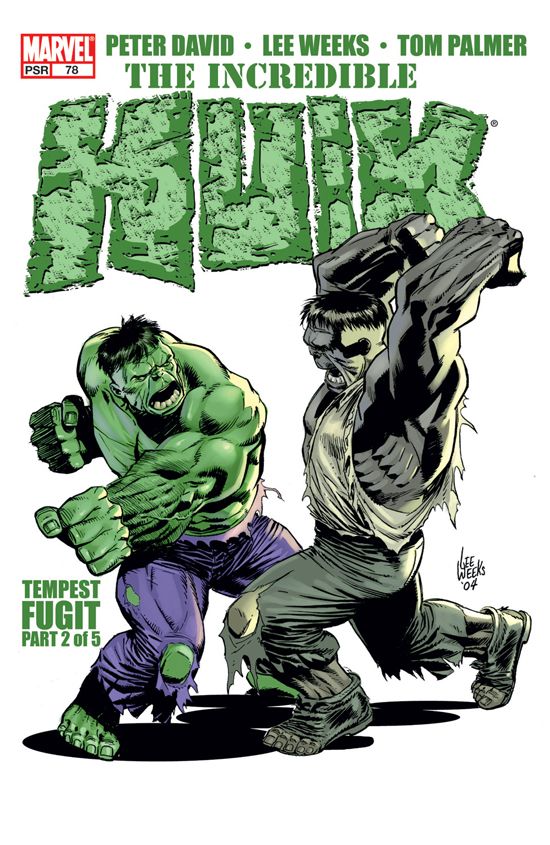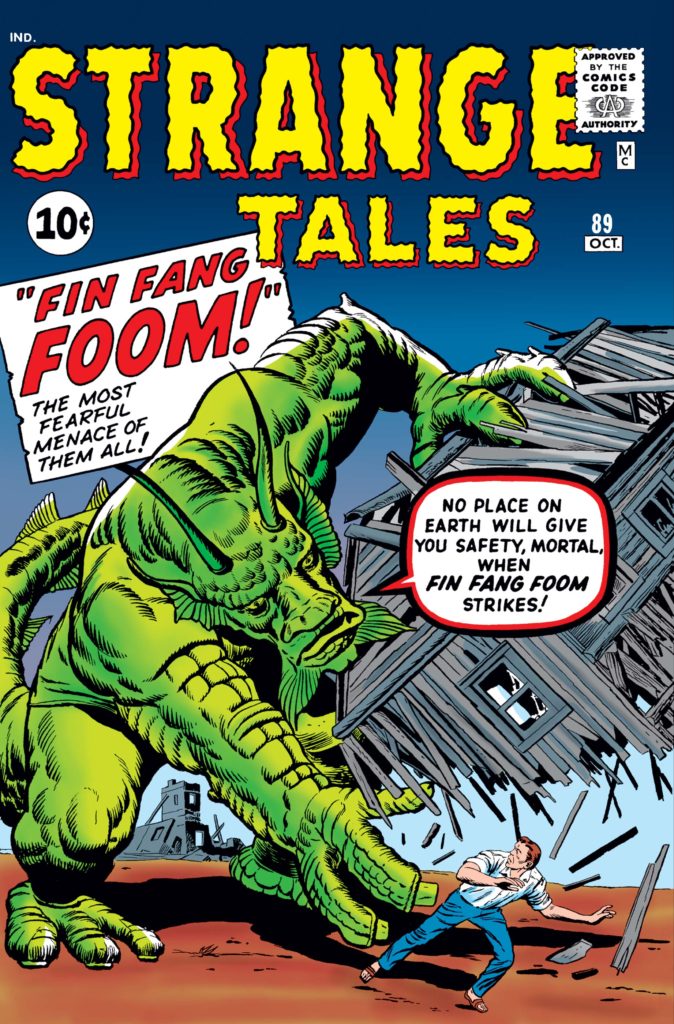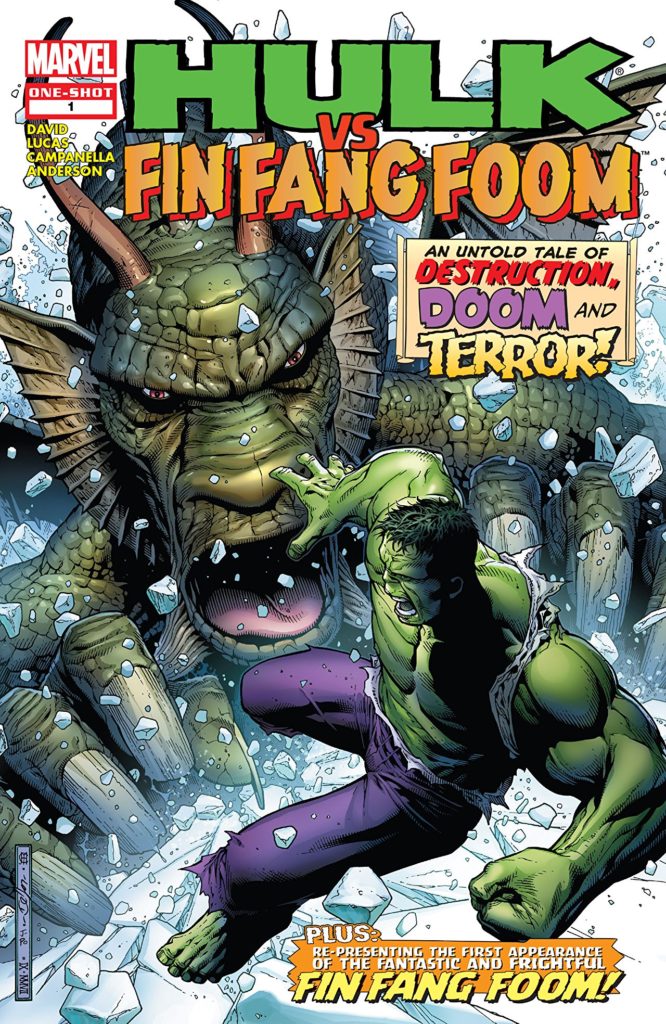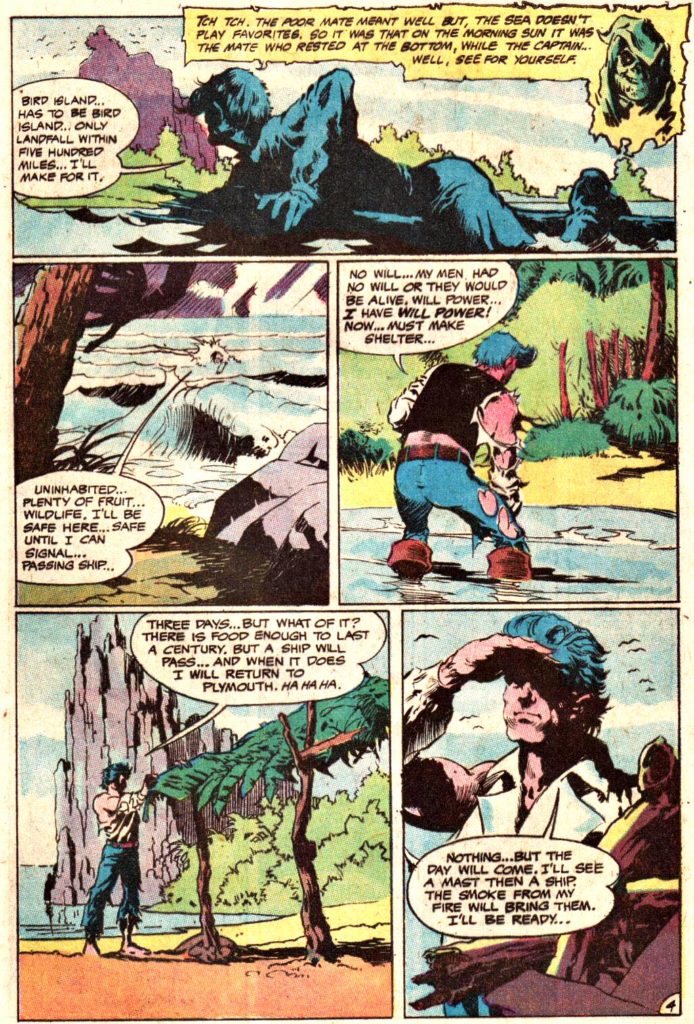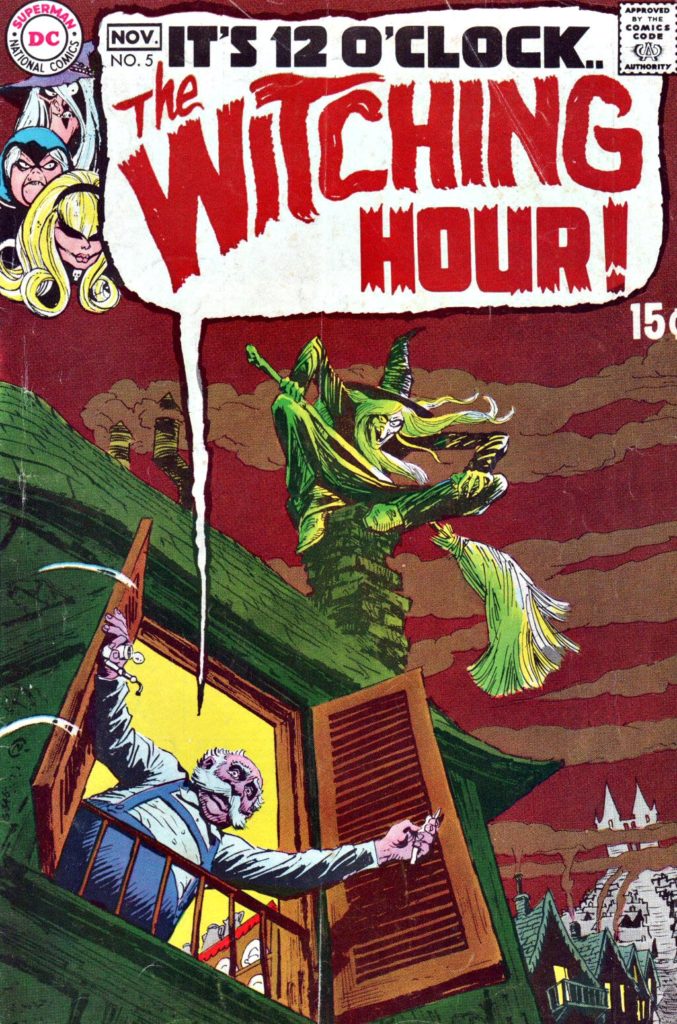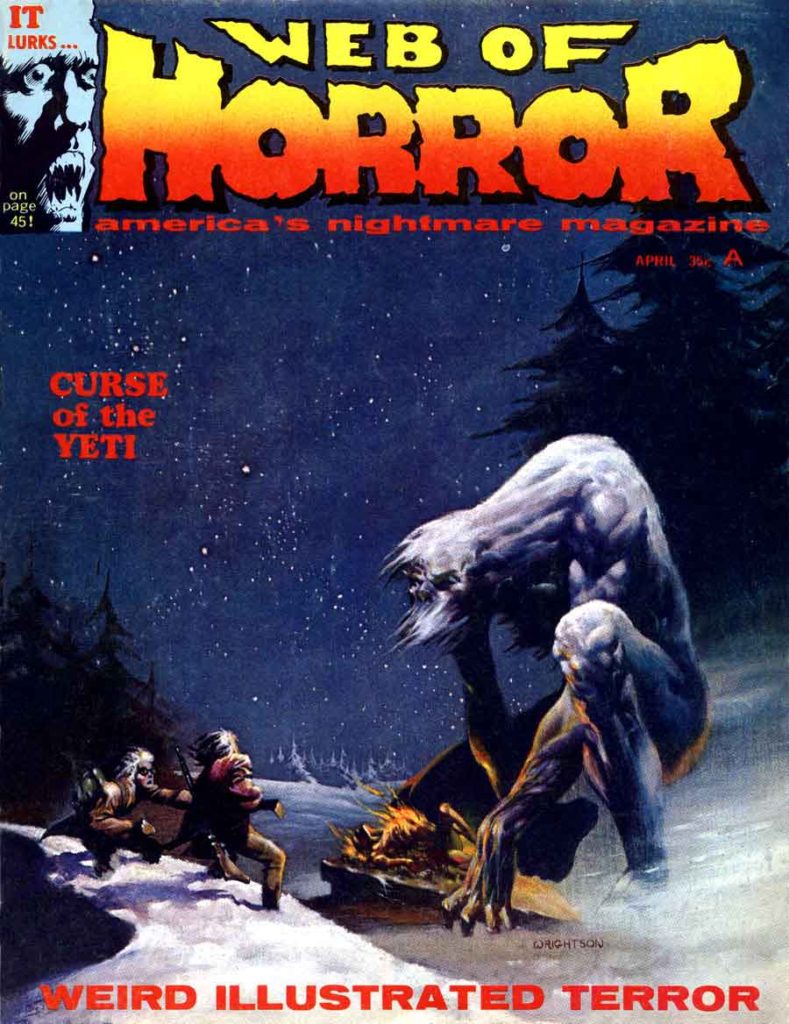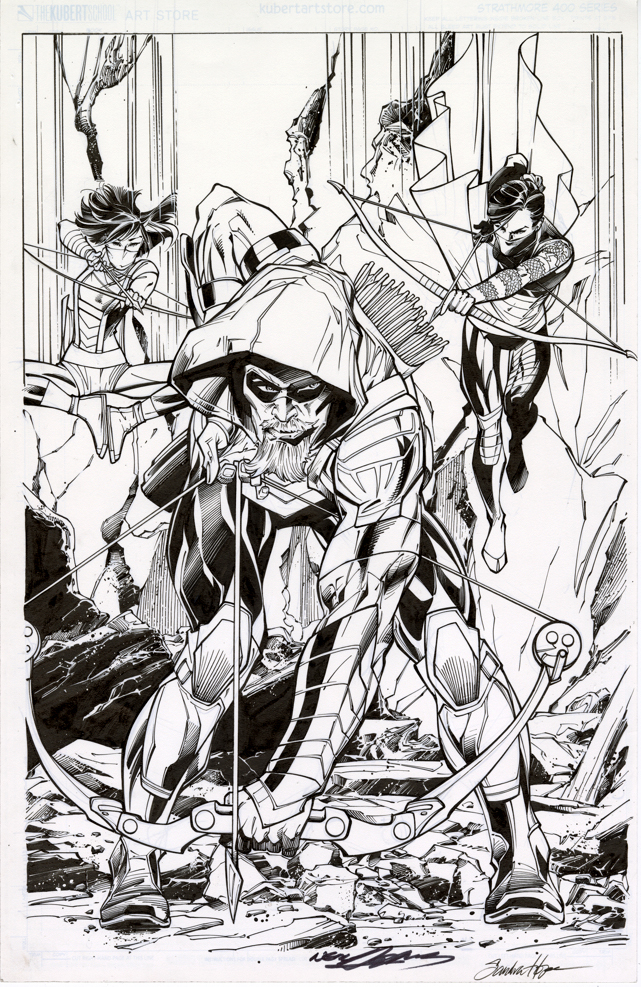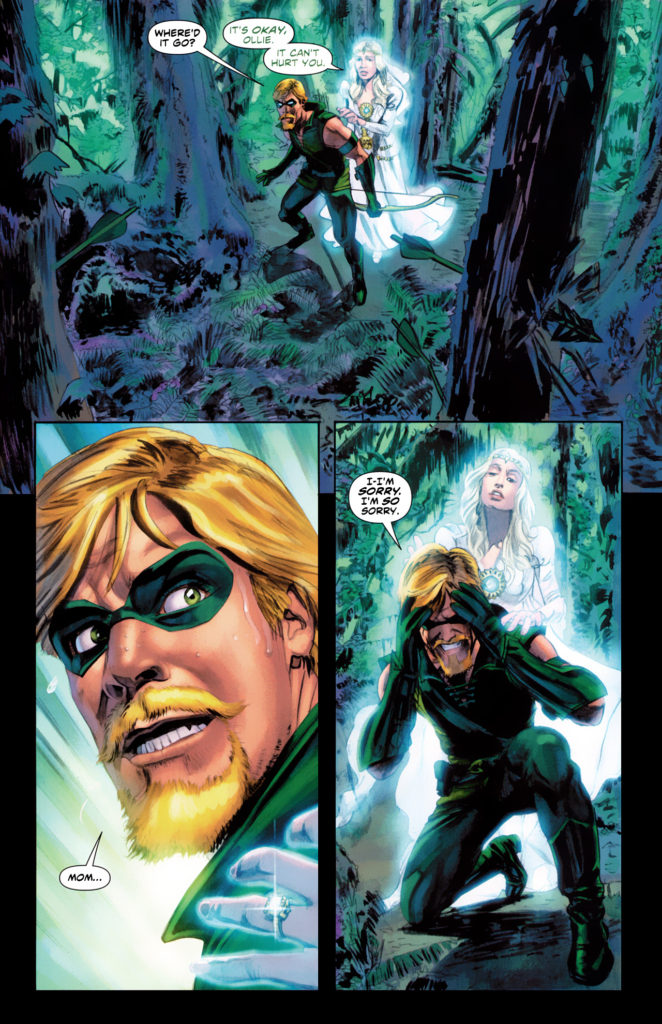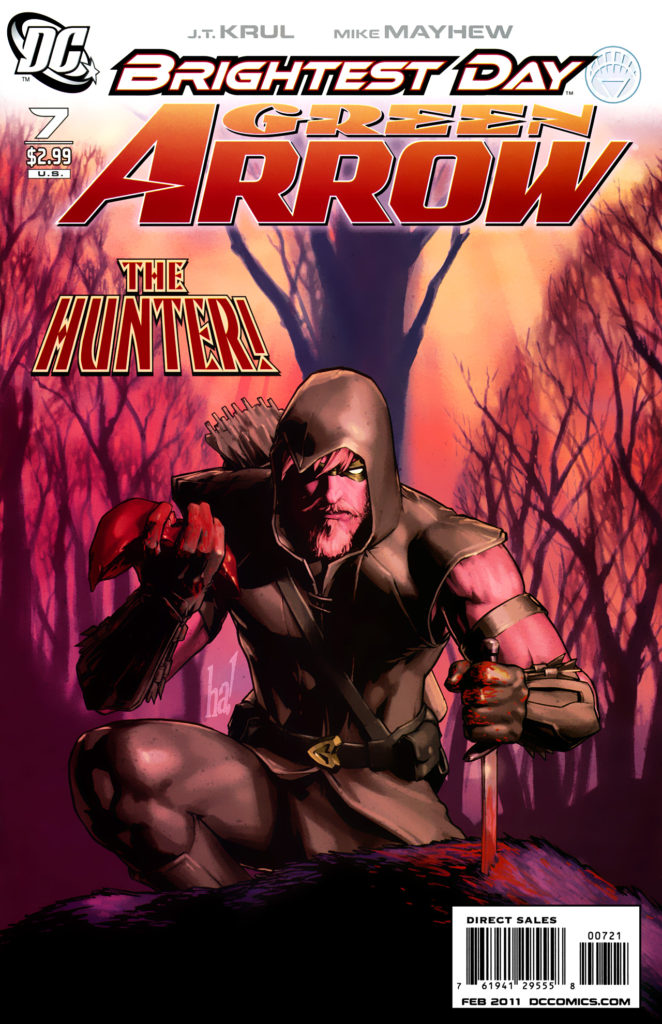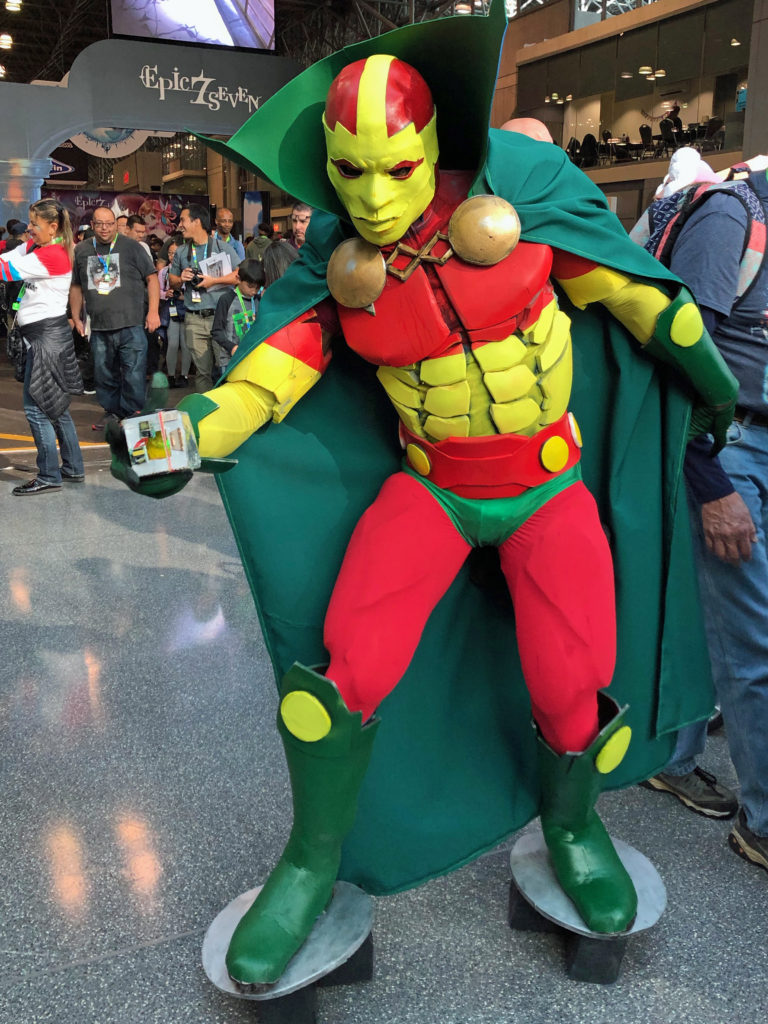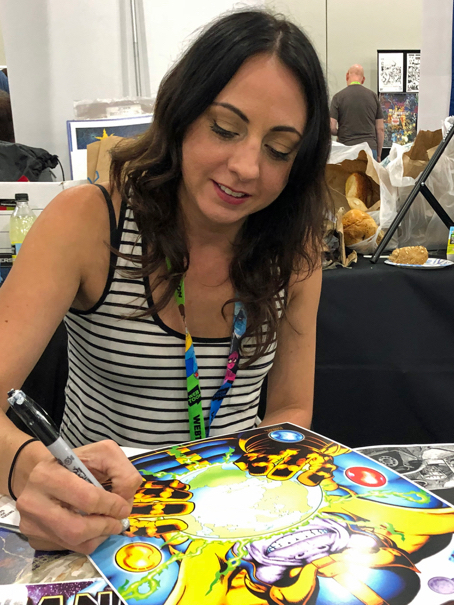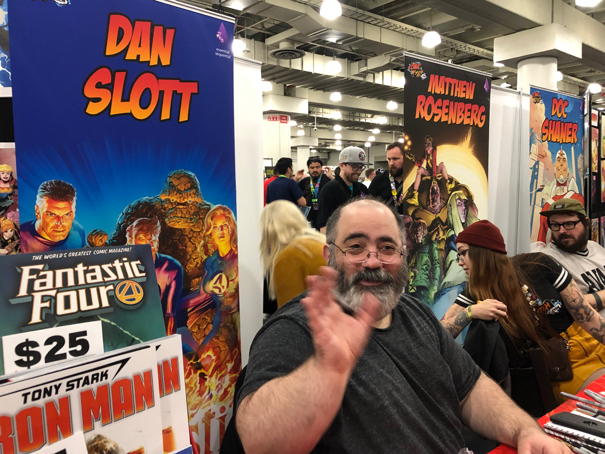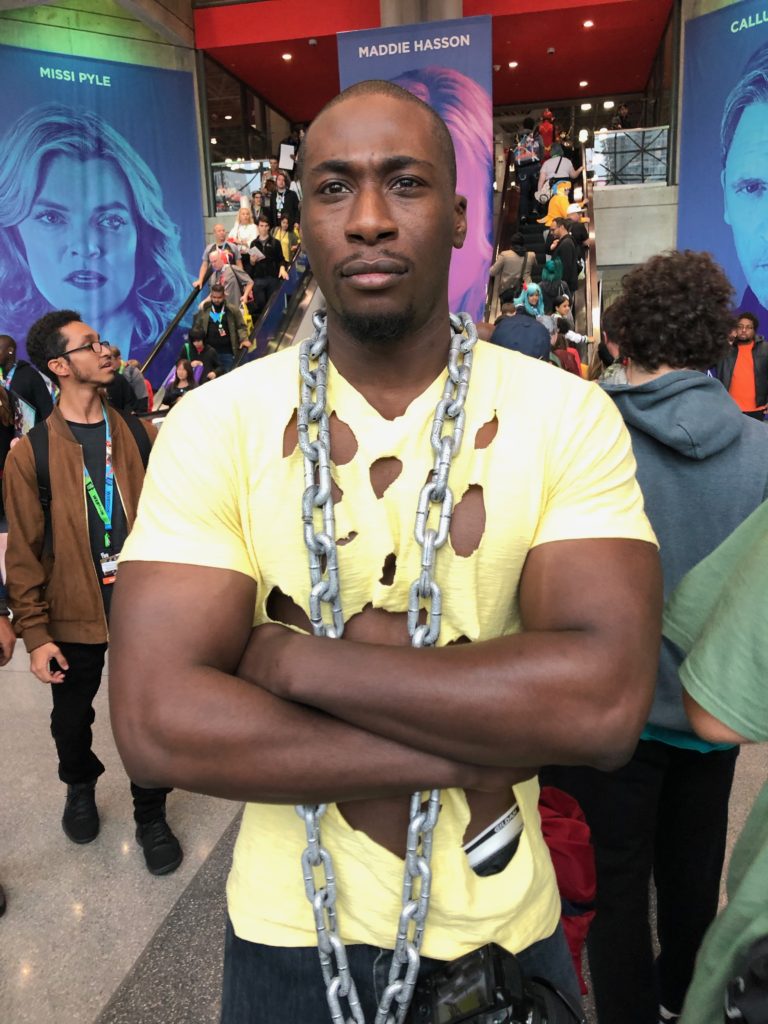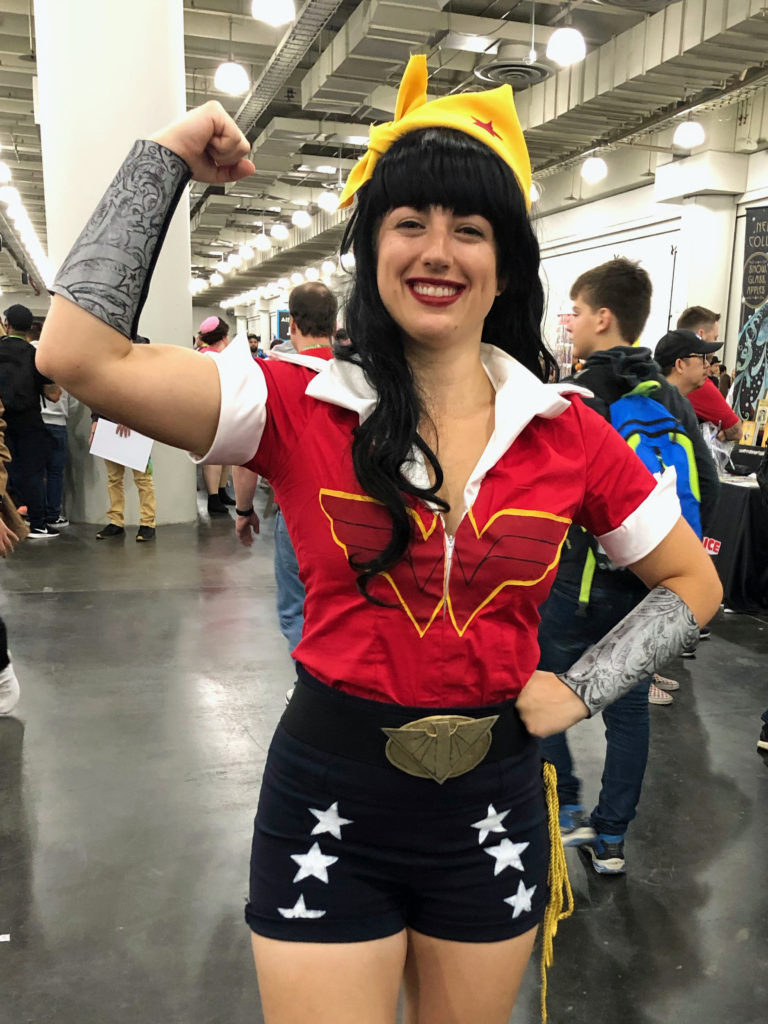Greg Hildebrandt — “Monsters, Girls and Rockets”
War of the Worlds Poster, Preliminary Concept, 2019
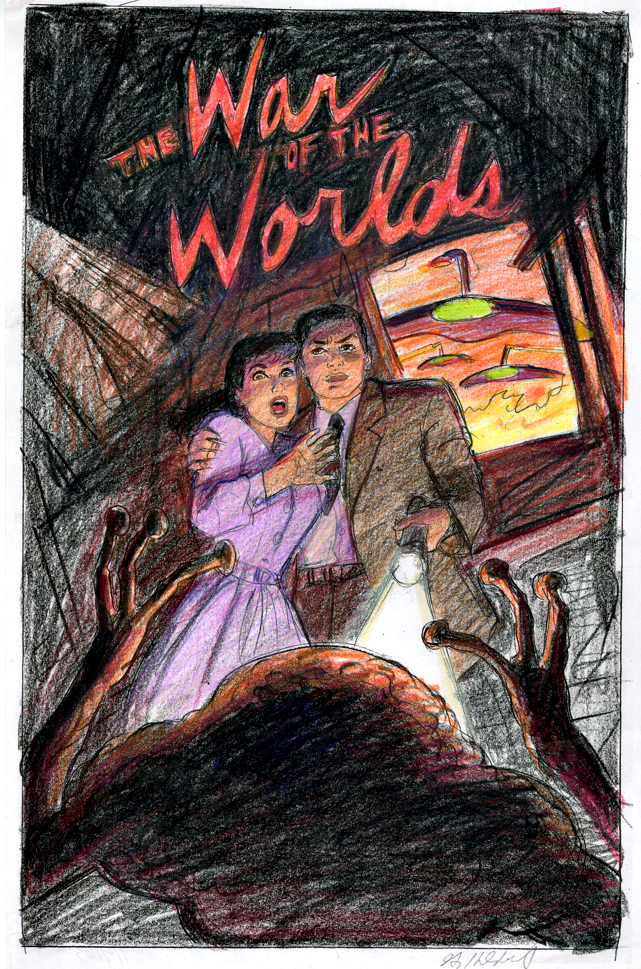
Continuing a two-week series celebrating Halloween with the best in monsters, mystery and mayhem.
Greg Hildebrandt turned 80-years old this year, and from his creative output, enthusiasm, and energy, you would absolutely not know it. He can run circles around many creators half his age.
Any age, actually.
Greg’s striking painted covers for Marvel Comics, and his retro-but-contemporary American Beauties pin-up series are just a few examples among the many recent works that prove the point – with an exclamation mark. One of the world’s best-known and accomplished fantasy artists continues to dazzle.
Among the many, many projects he is developing involves film posters. Greg is taking horror and SF movie classics he loves, and reimagining their posters as if he had painted them in the first place. War of the Worlds (1953) is one of those, and this piece is one rough concept (color pencils) for his painted version, date TBD.
And of course, Greg knows a few things about movie posters. He and his late brother Tim painted one of the most iconic posters in movie history — The “B” Poster for Star Wars. (Greg reimagined that poster solo last year.) More on that next month.
I had the good fortune to spend time with Greg at NYCC and Baltimore Comic Con this year and he anecdotally summed up his amazing career:
“As an eight-year old, I loved to draw monsters, girls and rockets — and I still do.”
Sing along with Warren Zevon’s “Lawyers, Guns and Money” and swap out the words. You may never get that earworm out of your head.
Footnote: Ok, so I know that the reimagining of a classic film poster is not actually original comic book art, but War of The Worlds has a solid legacy in comics ...
Footnote Extra: War of The Worlds will be forever linked with Halloween — On October 31,1938 Orson Welles broadcast a live radio dramatization, treating the HG Wells classic as a breaking news story out of New Jersey. It scared the daylights out of radio listeners, especially New York metro area residents. Fake news for real.

